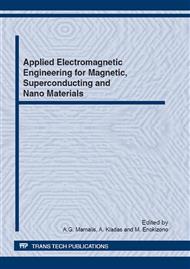p.281
p.287
p.293
p.301
p.307
p.313
p.319
p.325
p.331
Protein Surface Functional Imaging
Abstract:
The paper presents an image-oriented functional description of protein surfaces in terms of amphiphilicity (hydrophobicity / hydrophilicity) distribution. The actual discrete surface atom amphiphilicity distribution is replaced by an approximately equivalent amphiphilicity density distribution, computed in a standardized octagonal pattern around each atom. This representation is used to compute the resemblance of the neighborhoods of a pair of surface atoms – defined as the sum of the products of amphiphilicity densities of the corresponding patches (the pattern's central circles and the angular sectors in the same positions) in the two neighborhoods. The similitude and the interaction of a pair of atom neighborhoods are defined as their resemblance for parallel, respectively, anti-parallel orientations of the unit vectors perpendicular on the molecular surfaces in the points where the central atoms are located. These parameters, as well as the vector description of the neighborhoods, are used for the functional classification of surface atoms and for the study of protein interactions.
Info:
Periodical:
Pages:
319-324
Citation:
Online since:
June 2012
Authors:
Price:
Сopyright:
© 2012 Trans Tech Publications Ltd. All Rights Reserved
Share:
Citation:


